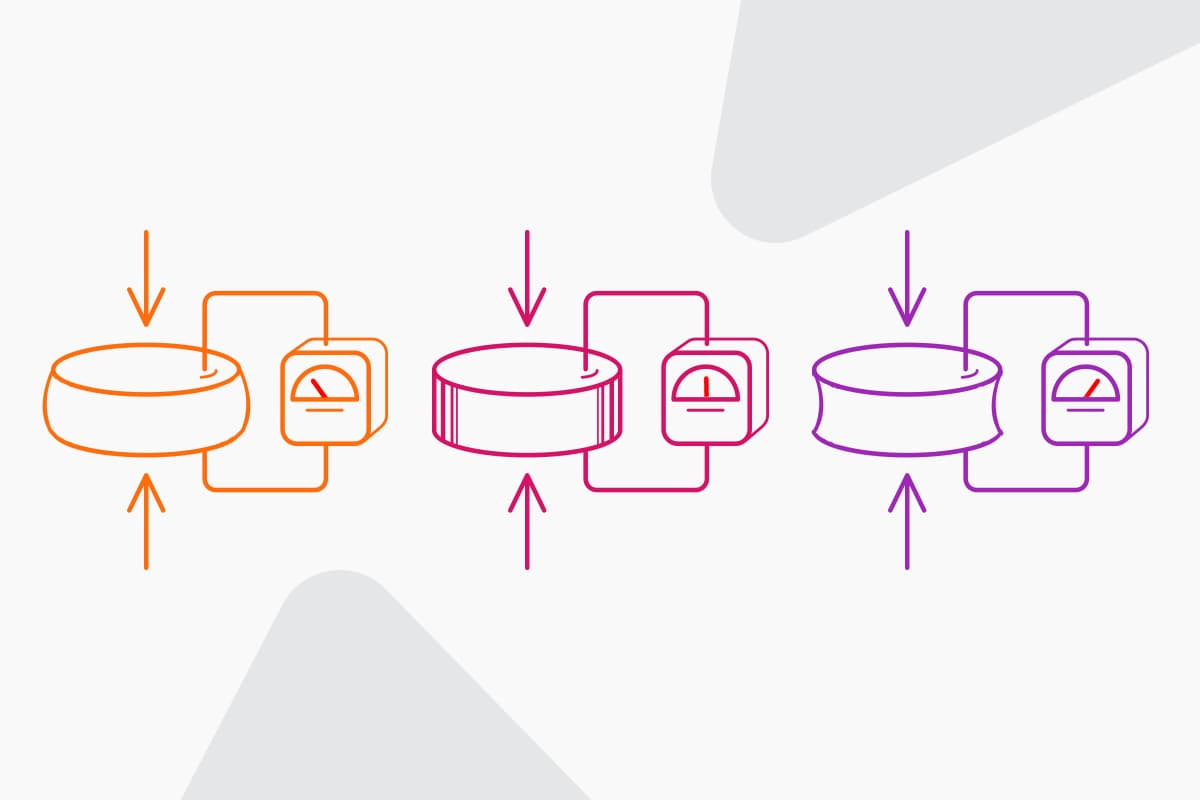
What is Piezoelectricity? Usage Areas and History
What is in this article?
The secrets of today's technological advancements may be hidden within the natural world. For instance, the concept of piezoelectricity has bridged the once distinct realms of electricity and mechanics. This phenomenon is observed in certain natural crystalline and mineral materials.
Ever pondered how some materials can convert mechanical stress into electrical energy, and vice versa? Grasping this fascinating interplay heralds a saga that not only pushes scientific frontiers but also transforms numerous facets of our everyday lives.
Let us delve into the mysteries of piezoelectricity and explore its potential to revolutionize our technological future.
What Exactly is Piezoelectricity?
Piezoelectricity refers to the property of specific crystalline and ceramic substances that allows them to generate an electrical potential (the electrical energy level of an electric charge at a given position) when mechanical pressure is applied, and similarly, to undergo mechanical deformation when placed under electrical stress.
This remarkable behavior stems from unique asymmetries within the material's crystal lattice and the distribution of atoms within. Applying stress to piezoelectric materials displaces internal charges, resulting in an electric potential difference. This potential difference gives rise to an electrical signal.
Leveraging their responsive characteristics, piezoelectric sensors are utilized across diverse domains, transforming physical forces like vibrations and pressures into electrical signals.
Piezoelectric materials are also prized in energy harvesting, capable of transforming mechanical energy into electrical energy.
Precision-driven applications often employ piezoelectric actuators for their capability to control minute movements. An actuator, by definition, is a mechanism that induces and regulates mechanical motion. Consequently, actuators adjust their dimensions in response to electrical voltage, which is crucial in applications requiring micro-movements or in laser focusing technologies.
The inherent piezoelectricity in certain natural materials is indispensable across a wide array of modern technological implementations.
Additional attributes of piezoelectric materials include:
- Their resilience to impacts and vibrations lends them an extended operational lifespan. Such reliability makes them a favored choice in various industrial settings.
- Piezoelectric properties manifest in diverse substances, including quartz, PZT (plumbum zirconate titanate) ceramics, and certain polymers.
- These materials are adept at detecting swift vibrational or electrical changes due to their high-frequency operational capabilities.
- They can sense alterations in mechanical stress or electric voltage with exceptional precision. Consequently, piezoelectric materials are integral to advanced measurement and control systems.
- The multifaceted utility of piezoelectricity underpins a multitude of critical applications in science and technology. As such, this phenomenon serves as a cornerstone for innovation in domains ranging from sophisticated sensors to novel energy generation methods. Piezoelectricity exemplifies nature's functional artistry and its contribution to the technological progress of tomorrow.
The Origin Story of Piezoelectricity: Who Unearthed This Phenomenon?
The piezoelectric effect was unveiled in the late 19th century by French physicists Pierre Curie and his brother Jacques Curie. Their groundbreaking observation occurred in 1880.
The Curie brothers discovered that certain crystals emit an electrical potential when mechanical stress is applied. Since this revelation, the piezoelectric effect has significantly enriched technological capabilities.
Presently, piezoelectricity is a cornerstone technology across numerous industries and scientific disciplines, markedly enhancing our scientific acumen.
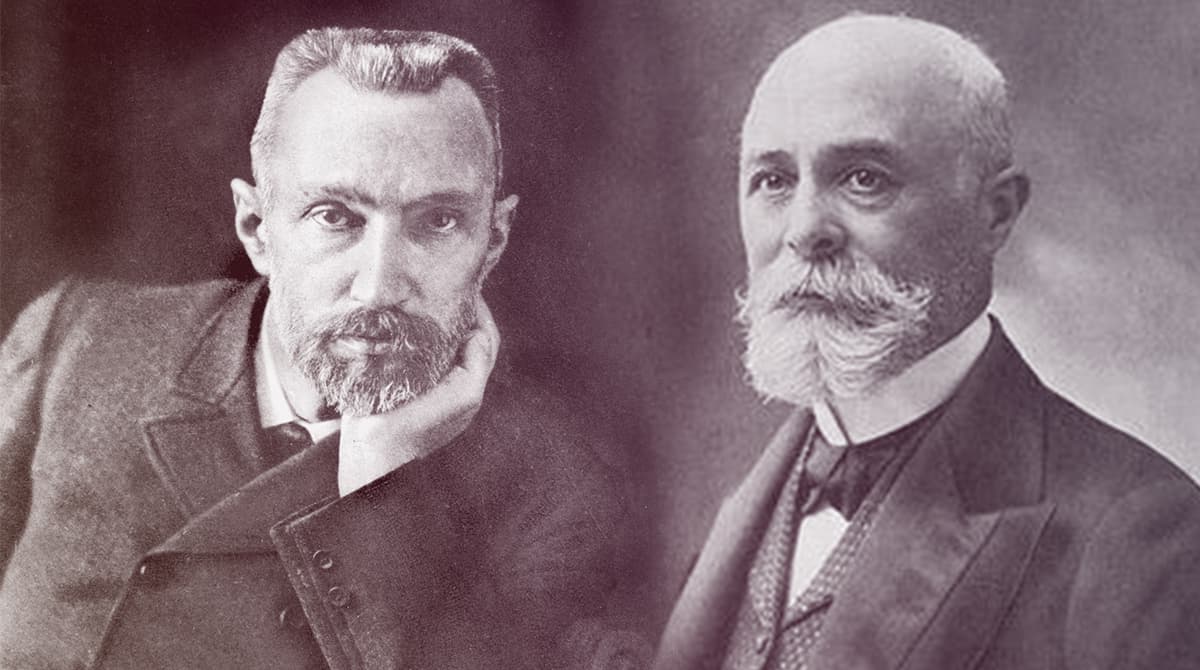
How Does Piezoelectricity Arise?
The piezoelectric effect is a result of the peculiarities found in the crystal structures of specific materials. A deeper dive into the nature of piezoelectricity involves examining typical piezoelectric materials such as quartz and PZT ceramics.
These materials lack symmetry due to the irregular arrangement of positive and negative charges within them. The application of mechanical stress or vibrations prompts these charges to shift. Such movement causes an imbalance within the material, leading to the generation of piezoelectricity. This imbalance, paired with the relocated charges, gives rise to an electrical potential difference, which in turn generates a voltage across the material.
Piezoelectric materials can convert mechanical energy into electrical energy or electrical energy into mechanical energy. Piezoelectric materials, characterized by their unique properties, are used for many technological applications, from sensors to actuators. For example, materials with this property are used in acoustic insulation areas to absorb or redirect vibrations. They are also favored in a very different way in fuel spray technology. It improves fuel efficiency in automobiles by allowing fuel to be injected in a fine spray.
What Is the Piezoelectric Effect?
The piezoelectric effect is the ability of certain crystalline and ceramic materials to generate electrical potential under mechanical stress or compression, or to undergo mechanical changes under electrical stress.
This effect is based on the following principles:
- Crystal Structure / Symmetry Deficiencies: The piezoelectric effect is based on the lack of symmetry in the crystal structure within the materials. Deficiencies allow the displacement of charges inside the material.
- Mechanical Stress / Changes: When mechanical stress or pressure is applied to piezoelectric materials, the electrical charges inside move due to these symmetry deficiencies.
- Electrical Stress / Size Changes: Conversely, when electrical stress is applied instead of mechanical stress, symmetry is broken, the material physically experiences dimensional changes.
- Energy Conversion: The piezoelectric effect represents the conversion between mechanical energy to electrical energy. This property, vibration energy conversion, is used in the operation of sensors, micro-moving systems.
The principle of the piezoelectric effect is that when pressure is applied to a piezoelectric material, it will produce a potential difference (positive piezoelectric effect) and, conversely, if voltage is applied, it will produce mechanical voltage. If the pressure is a high-frequency vibration, it will produce high-frequency current.
When high-frequency electrical signals are applied to piezoelectric ceramics, high-frequency acoustic signals (mechanical vibrations) are generated, which we generally call ultrasonic signals. In other words, piezoelectric ceramics have the function of conversion and reverse conversion between mechanical energy and electrical energy.
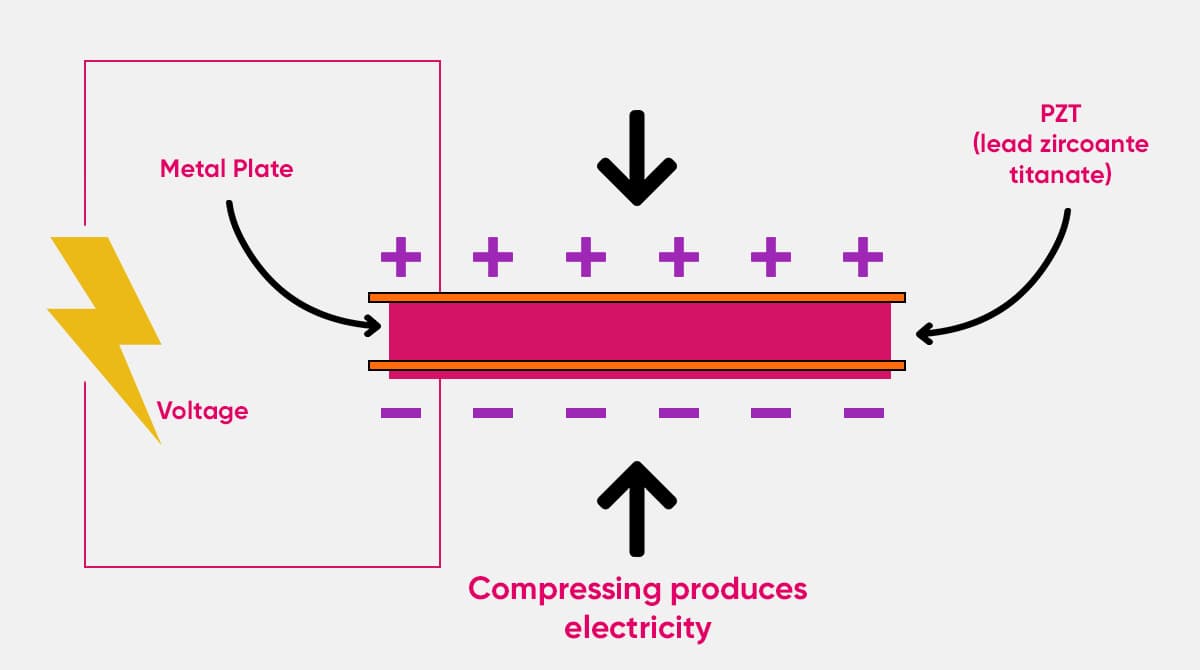
Understanding Piezoelectric Materials:
Piezoelectric materials are unique in their reciprocal ability to transduce electrical energy into mechanical energy and vice versa.
Renowned Piezoelectric Materials:
- Quartz: Quartz is revered as a natural piezoelectric substance. Its utility is paramount in timekeeping devices. By transducing mechanical oscillations into precise electrical impulses, quartz maintains the consistent regulation of timepieces.
- PZT Ceramics: PZT ceramics are engineered ceramic materials that have been meticulously optimized to maximize their inherent piezoelectric properties. These ceramics are integral to a variety of devices, ranging from acoustic emitters to ultrasonic equipment and piezoelectric sensors.
- PVDF (Polyvinylidene Fluoride): PVDF is a versatile piezoelectric polymer that can be molded into a variety of shapes and structures. This material is prized for its combination of lightness and flexibility, opening up a wide array of applications. They are used in the manufacturing of piezoelectric sensors and microphones.
- Lithium Niobate (LiNbO3): Renowned for its piezoelectric properties, lithium niobate is a crystalline material integral to optoelectronic technology. The crystal's proficiency in handling high-frequency signals makes it indispensable for managing optical communications.
- Piezoelectric Polymers: A select group of polymers exhibits piezoelectric effects. Their flexibility and low weight make them ideal for use in cutting-edge portable and wearable electronics.
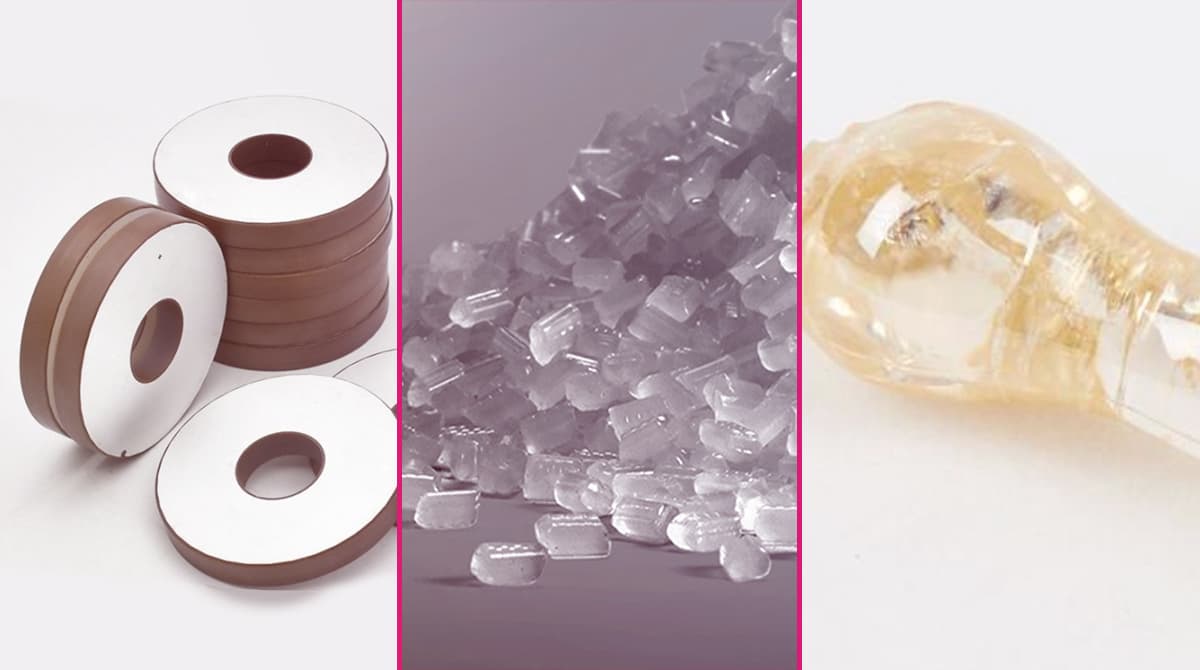
The interaction between potential energy and the piezoelectric effect encompasses the transformation of stored energy into mechanical action, which piezoelectric materials then convert into electrical energy. If you're interested in understanding the connection between piezoelectricity and potential energy, consider exploring our article Understanding Potential Energy: An Overview of Its Types.
For instance, consider the mechanical energy that arises when an individual exerts pressure on or squeezes a piezoelectric material. Mechanical energy induces charge displacement in piezoelectric materials, which generates an electric potential. This potential energy is expressed as an electrical voltage between the ends of the material. Piezoelectric materials serve as a medium for converting mechanical energy into electrical energy, by first transforming it into electric potential energy.
Related Article

What Is Potential Energy? What Are Types of Potential Energy?
Uses of Piezoelectricity
Piezoelectricity exhibits unique properties that are leveraged in various fields. This phenomenon is applied in numerous ways across everyday and technical domains.
The uses of piezoelectricity can be categorized as follows:
Everyday Uses
- Piezoelectric quartz crystals are key in measuring vibrations to ensure clocks maintain accurate time. As a result, clocks in many homes rely on the piezoelectric effect.
- Piezoelectric microphones translate sound waves into electrical signals. These devices are fundamental components in telephones, recorders, and other audio equipment.
- Wearable technologies often incorporate piezoelectric polymers. For instance, piezoelectric materials in shoe soles can monitor steps or produce energy from movement.
- Such materials in shoe soles are designed to convert mechanical energy from walking into electrical energy. The potential to harvest energy through motion is a benefit of these materials.
- The piezoelectric effect is utilized in inkjet technology, enabling inkjet printers to function effectively.
- Piezoelectric materials are also responsive to environmental changes. This characteristic enables their use in sensors for monitoring air pollution, noise levels, and meteorological conditions.

Technical Uses
- Medical ultrasonography devices utilize piezoelectric sensors and transducers. Their capacity to emit high-frequency sound waves is crucial for imaging within the body.
- Piezoelectric pressure sensors are preferred in many industrial and scientific applications. They are adept at measuring pressure and vibrations in various mediums with precision.
- Piezoelectric elements are employed in energy harvesting systems to convert vibrational energy to electrical power. Consequently, they are used to produce electrical energy from vibrating surroundings.
- In laboratories and precision machinery, piezoelectric actuators are favored for their nanometer-level precision movement. They are employed in laser focusing mechanisms and microscopes, for example.
- Efforts have been made to genetically engineer living organisms to incorporate piezoelectric materials. This is because the piezoelectric effect could enhance the energy conversion abilities of biological systems.
- Piezoelectric sensors and transducers are vital to space exploration and research. Piezoelectricity enables the monitoring of spacecraft vibrations.
- Piezoelectric materials are used to harvest energy from vibrating objects. They help reduce reliance on traditional batteries by converting kinetic energy into electrical power.
- The piezoelectric effect is advantageous for liquid pumping processes. Micro- and nano-scale piezoelectric pumps play roles in applications ranging from drug delivery to biomedical devices.
- Geophysicists utilize piezoelectric crystals to probe the Earth's internal structure. These crystals assist in analyzing subterranean vibrations and earthquakes.
- Micro-robotic and micro air vehicles benefit from the adaptability of piezoelectric materials and actuators.
- Projectiles capable of changing trajectory utilize control systems with optical sensors to follow laser-guided paths. Hence, piezoelectric materials are crucial in various defense technologies.
Piezoelectric materials are instrumental across numerous industries due to their energy conversion abilities, sensitivity, and robustness. The piezoelectric phenomenon significantly aids the advancement and evolution of contemporary technology. Kinetic energy represents another crucial form of energy. For a more detailed examination, please refer to our blog Understanding Kinetic Energy: An Overview of Its Types.
We trust this overview of piezoelectricity has piqued your interest and expanded your understanding.
What aspect of the piezoelectric effect or its materials did you find most surprising or impressive?
In what areas do you anticipate a growth in the application of piezoelectric technology going forward? Your comments are eagerly awaited.

 Online Services
Online Services Application Inquiry
Application Inquiry Pay Assurance Fee
Pay Assurance Fee Query Installation Number
Query Installation Number Compensation Fee Inquiry
Compensation Fee Inquiry Automatic Payment Order Inquiry
Automatic Payment Order Inquiry Partnership
Partnership
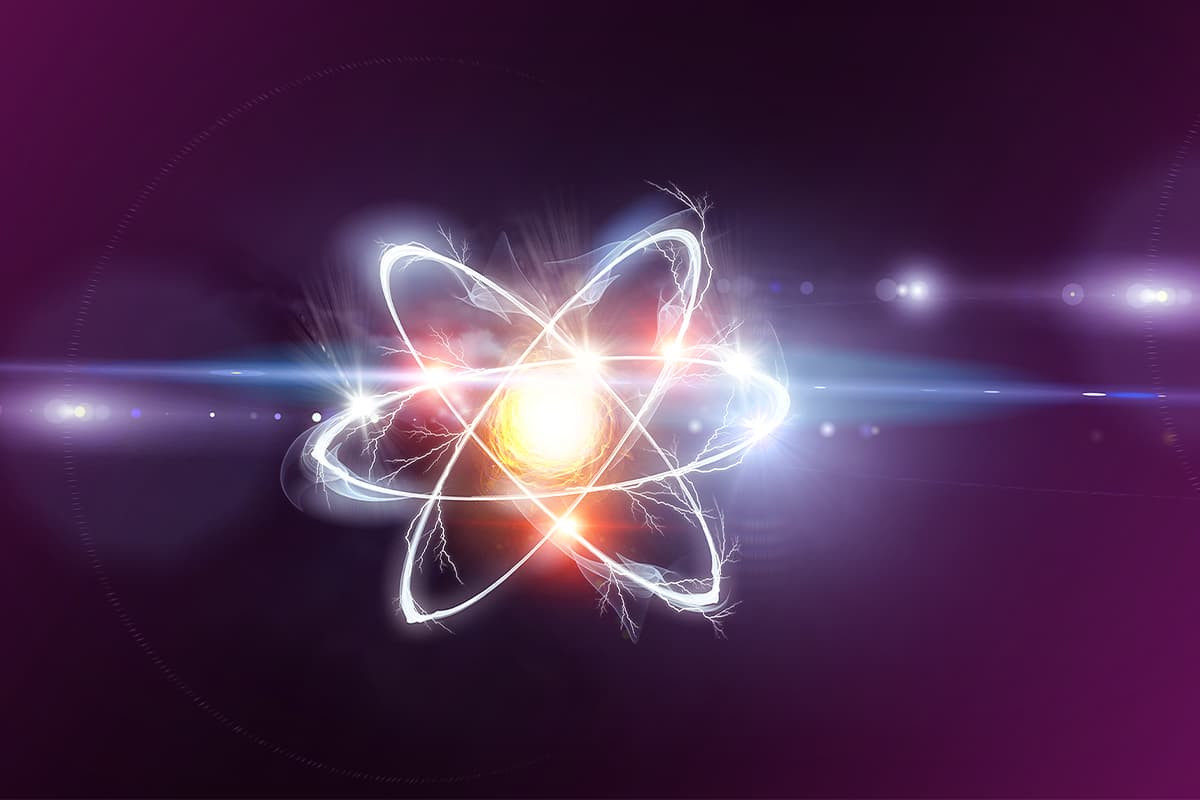





Leave a Comment